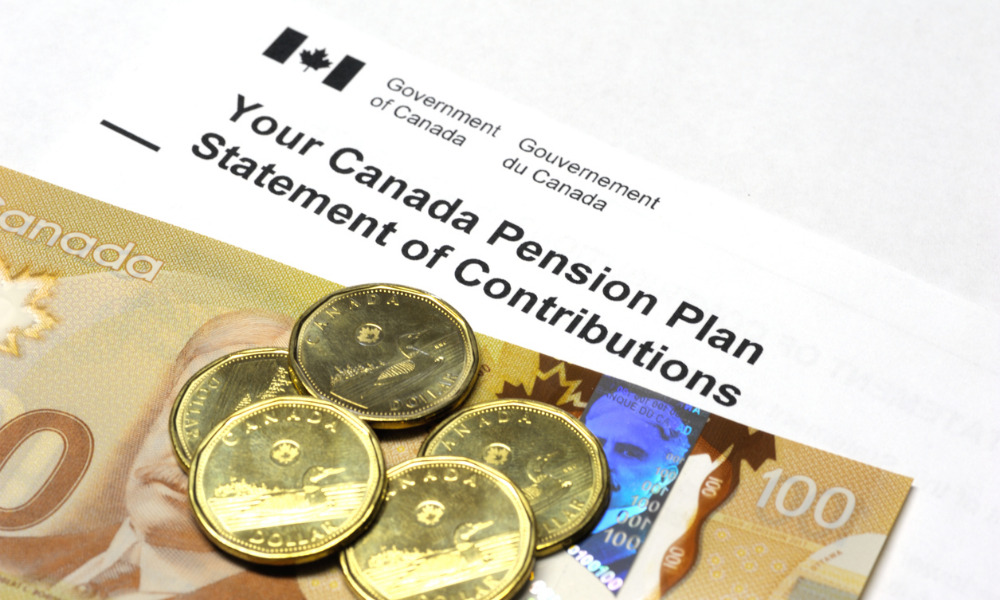C.D. Howe urges reforms to pension rules as Canadian retirees confront 'toxic combination' of risks

For older Canadians who rely on savings in defined-contribution pension plans and registered retirement saving plans (RRSPs), as well as those who are withdrawing funds from registered retirement income funds (RRIFs) and life income funds (LIFs), rising prices and falling stock markets is a toxic combination.
In a recent note, Alexandre Laurin, Director of Research and William B.P. Robson, CEO at the CD Howe Institute said many people will now wish to save more to reduce their danger of running out of money before they pass away – and the federal government should take steps to help solve their problems.
“At the very least, Canadians over 71 should not face tax rules that force them to sell when the market is down, permanently lowering their prospects for retirement,” the two said.
As a first step, they called for policymakers to give pensioners a reprieve from the required RRIF withdrawals. When a taxpayer turns 71 at the end of the year, the current schedule begins at 5.28 percent of the RRIF's market value and increases from there. But with life expectancies increasing and safe investment returns being essentially negative, too many seniors run the risk of using up their tax-deferred funds.
“Pre-downturn asset values will determine withdrawals for 2022, forcing outsize drawdowns at a terrible time,” Laurin and Robson said.
They noted that in response to the financial crisis of 2008–2009, the federal government temporarily reduced required RRIF withdrawals, and then cut them by 25% in 2020 in response to the COVID issue. It would be wise to eliminate them at this time, Laurin and Robson suggested, adding that a more moderate alternative would be to cut the required withdrawals for each age group by 1%. In doing so, retirees would receive immediate respite and benefit in the long run.
They also proposed to raise the age at which Canadians must discontinue making contributions to and begin withdrawing from tax-deferred savings. The current threshold age of 71 is out of date, they said, as it discourages Canadians who wish to work or save longer, and raises the possibility that pensioners may deplete their RRIF savings.
“For people close to 71 or past it, inflation and falling markets are a disaster,” the two said. “Immediately raising the age threshold for contributions and drawdowns to 75 would alleviate anxiety and get us to a better place long-term.”
They also took aim at the current limit on tax-deferred saving in defined-contribution pension plans and RRSP, set at 18% of earnings. With more retirement dollars needed to produce a livable income for seniors, they argued that the limit should be raised to 30% of income for all participants.
“In this environment of macroeconomic excess, a final argument for the reforms we propose is that they would encourage saving and investment, not the consumption that is helping fuel inflation,” they said. “The taxes deferred in RRIFs, RRSPs and pension plans are just that: deferred. Money the government does not collect in 2022 will be due in future years. Deferring revenues in this way will create less fiscal stress for the government than having to bail out distressed seniors.”



